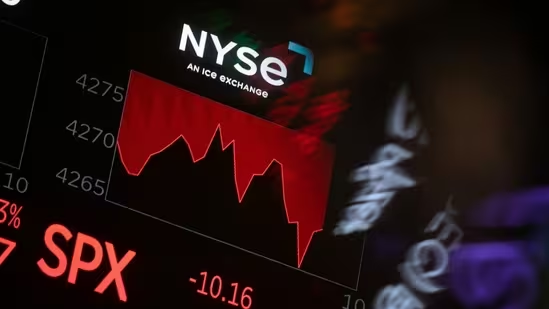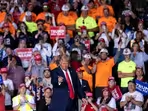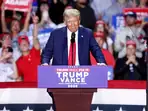Understanding the US Bond Market: NYT Analysis
The recent months have seen a steep ascent in interest rates, stirring investors and clouding the economic horizon, as reported by The New York Times. Despite the Federal Reserve maintaining its key rate steady since July, the rates on mortgages, credit cards, and business loans have soared, spotlighting the 10-year U.S. Treasury yield that anchors many borrowing costs. This rate has leaped a full percentage point in less than three months, breaching the 5 percent mark for the first time since 2007, as per the NY Times.

The core of the scenario is a blend of robust growth and persistent inflation which initially nudged the short-term market rates upward, closely trailing the Fed's overnight lending rate hike from near zero to above 5 percent in about 18 months. Conversely, longer-term rates like the 10- and 30-year Treasury yields were less stirred, being swayed more by long-term economic prospects.
We're now on WhatsApp. Click to join.The overarching narrative, as depicted by the NY Times, revolves around a 'higher for longer' rate path spurred by favorable job figures and consumer spending data. The economy's buoyancy has forestalled rapid cooling of price gains, hinting that enduring higher interest rates might be the remedy to reign in inflation, a sentiment echoing across Wall Street.
The fiscal landscape is further complicated by the dynamics of deficits, demand, and the "term premium." As the government's borrowing appetite enlarges due to a swelling federal budget deficit, finding lenders amid the bond market's tempest becomes a hurdle. The Treasury Department, in turn, is coerced to lure lenders with higher interest rates.
The aftershocks of these rate elevations traverse beyond the bond market, trickling down to companies, homebuyers, and other borrowers. The NY Times emphasizes that the ripple is felt in the stock market too, as the S&P 500 tapered 1.4 percent with Treasury yields rising on a recent Tuesday, marking about a 9 percent slump since its zenith at July's end, paralleling the run-up in yields.
Investors now sift through earnings reports, gauging companies' resilience against the higher interest rates, with Goldman Sachs analysts noting a shift towards companies better poised to weather the financial squall. The pervasive concern is the tightening grip on borrowers, which if constricted further, could segue into a broader economic strain.
The unfolding scenario in the bond market, as chronicled by the NY Times, underscores a precarious balance between curbing inflation and fostering growth, all under the overarching saga of rising interest rates. Amidst this fiscal drama, investors and policymakers alike tread on a tightrope, with the broader economy hanging in the balance.
(Some parts of this article has been generated using AI tools)
Disclaimer: The copyright of this article belongs to the original author. Reposting this article is solely for the purpose of information dissemination and does not constitute any investment advice. If there is any infringement, please contact us immediately. We will make corrections or deletions as necessary. Thank you.
Title:Understanding the US Bond Market: NYT Analysis
Url:https://www.investsfocus.com









